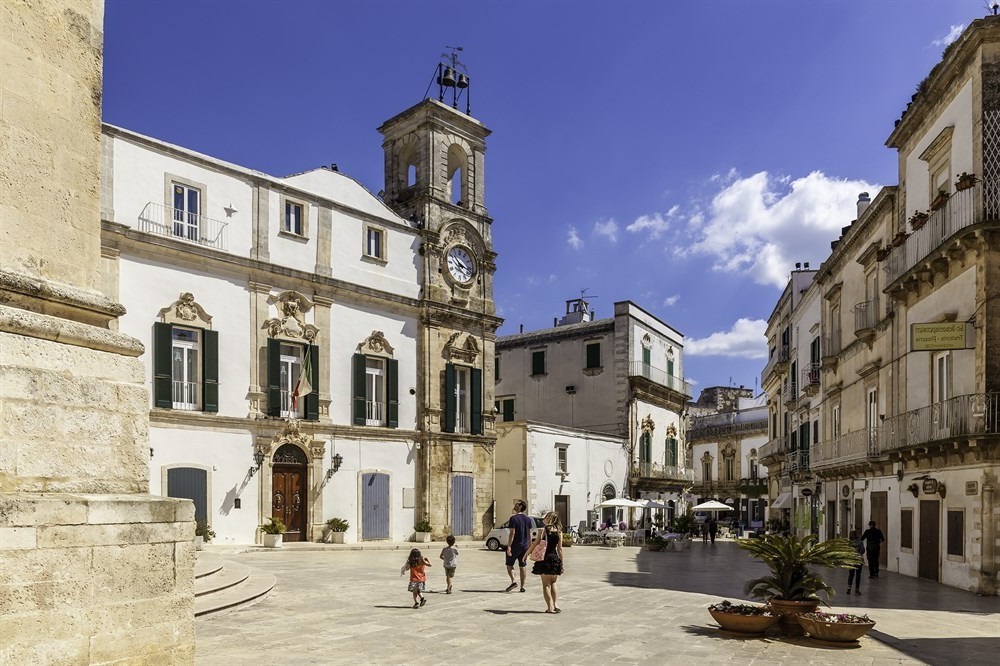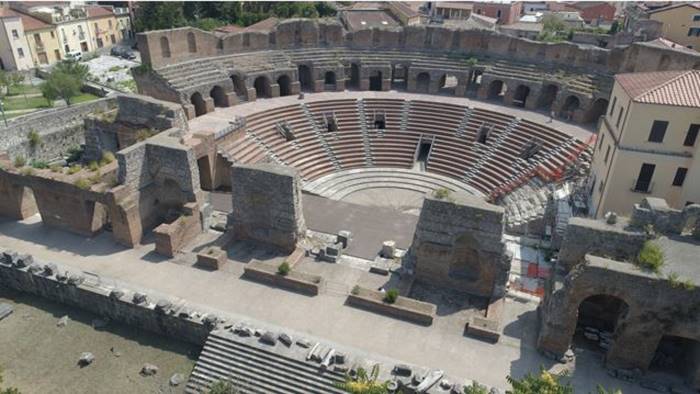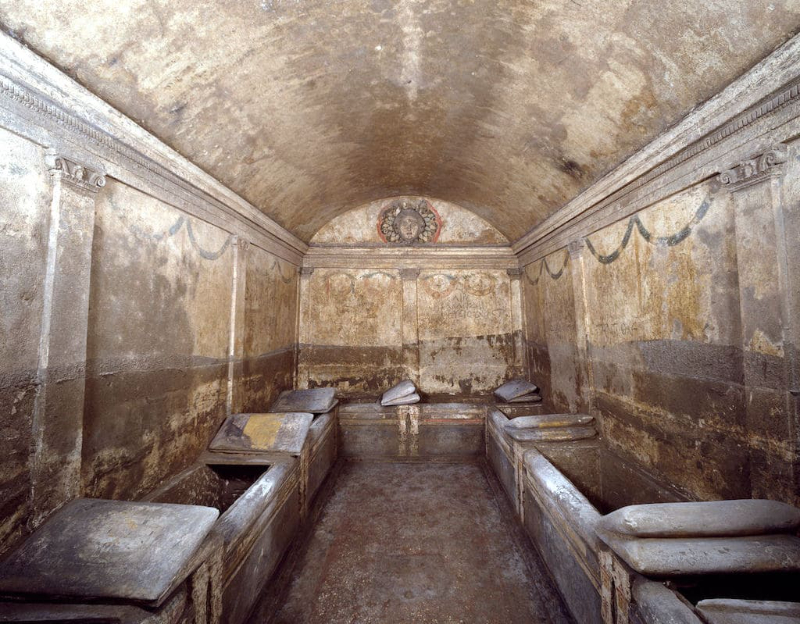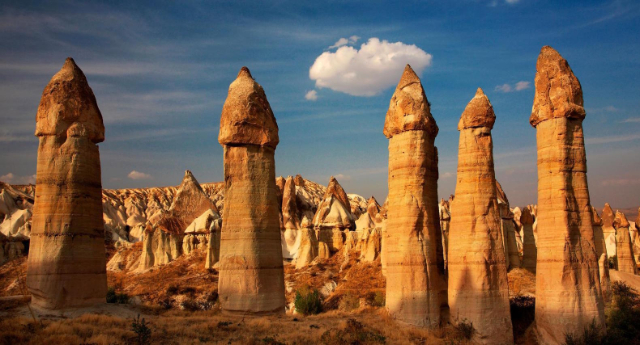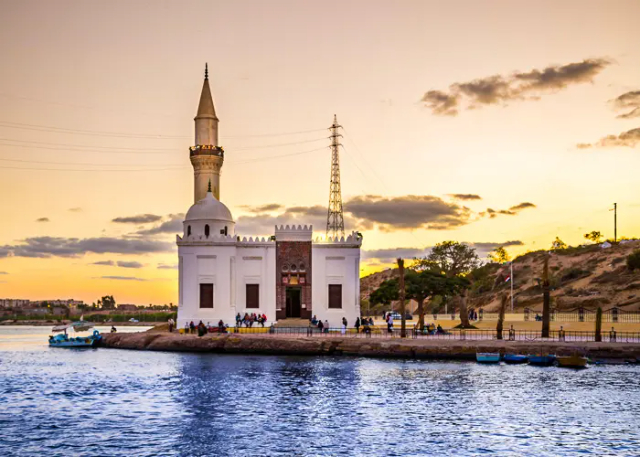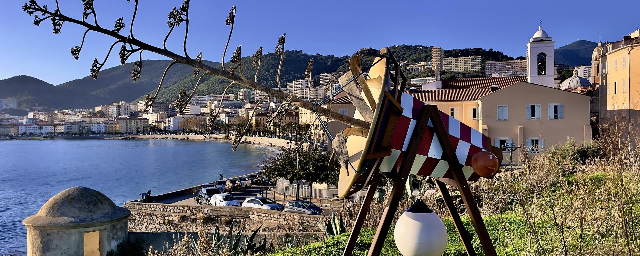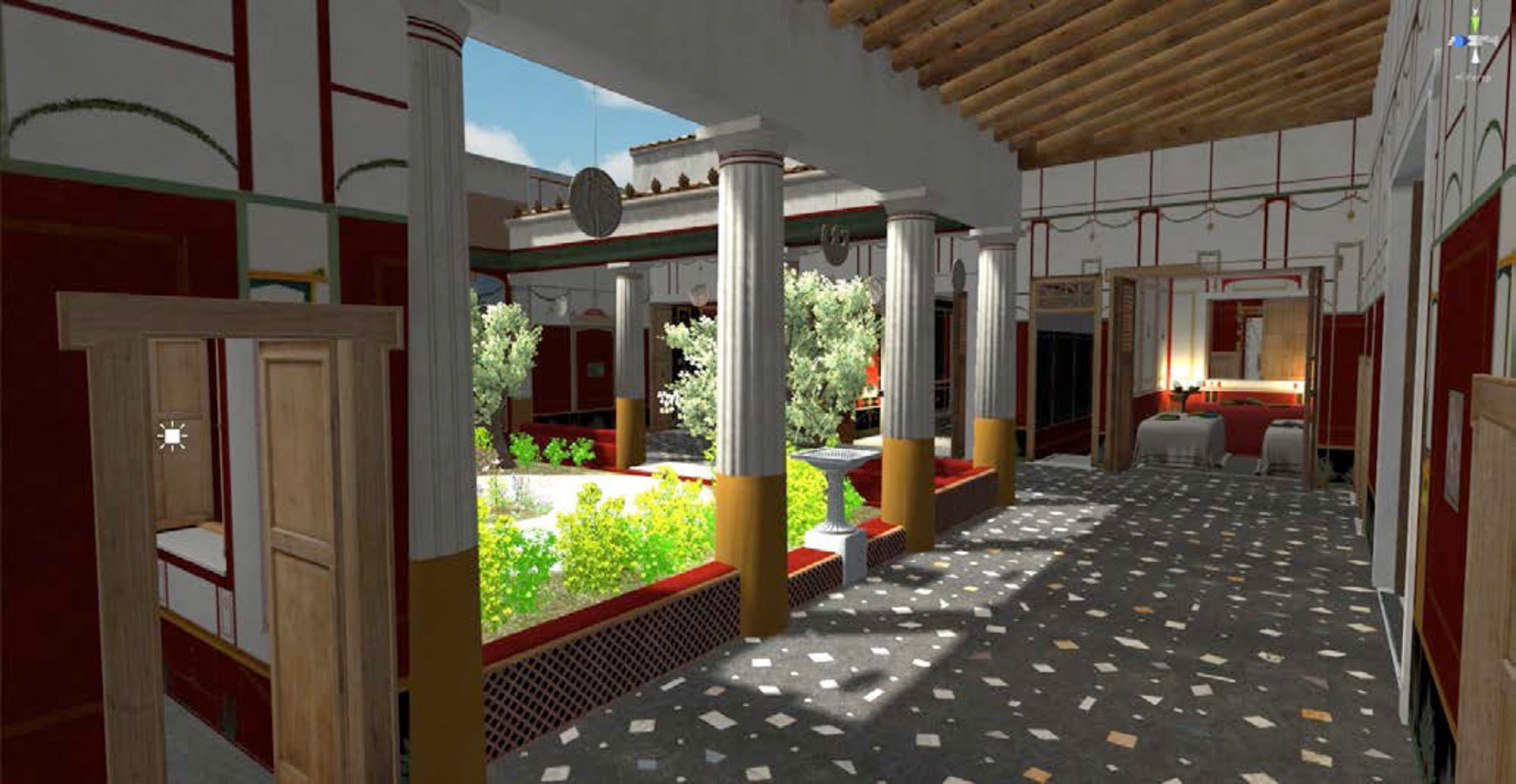A first nucleus dates back to the tenth century, when the Monte di San Martino was occupied by some refugees from Taranto fleeing from the invasions of the Saracens. The legal foundation dates back to 1300 when Philip of Anjou, Prince of Taranto, expanded the existing village and granted franchises to those who had settled there. Hence the name Martina (from the name of the ancient nucleus) Franca (for the privilege of the franchises). In the fifteenth century it became an Aragonese fief and in the next century was the duchy of Caracciolo, a noble Neapolitan family. In ‘700 the city experienced a period of great splendor and in 1799, during the Republican uprisings, the town took part in the liberal ideas, until the Unification of Italy.
Located in the center between the provinces of Taranto, Bari and Brindisi, the city of Martina Franca lies on the last hills of the Murgia and overlooks the beautiful Valle d’Itria. Of great artistic interest is its historic center: among white alleys, narrow streets and small squares you can admire buildings made in an elegant baroque style, such as the Basilica of San Martino or the Palazzo Ducale. Crossing the ancient walls and the ancient city gates, characterized by round and square towers, you enter the old town where you can admire numerous churches and elegant mansions with wrought iron balconies. Martina Franca is also a discovery from a landscape point of view: the Pianelle Wood and the caves of karstic origin are ideal destinations for nature lovers. Famous is also the donkey of Martina Franca from which milk is obtained for pediatric use and for the cosmetic industry, meat for fresh consumption and for sausages. Among the events organized by the city there is the International Festival of Valle d’Itria, a music festival.
